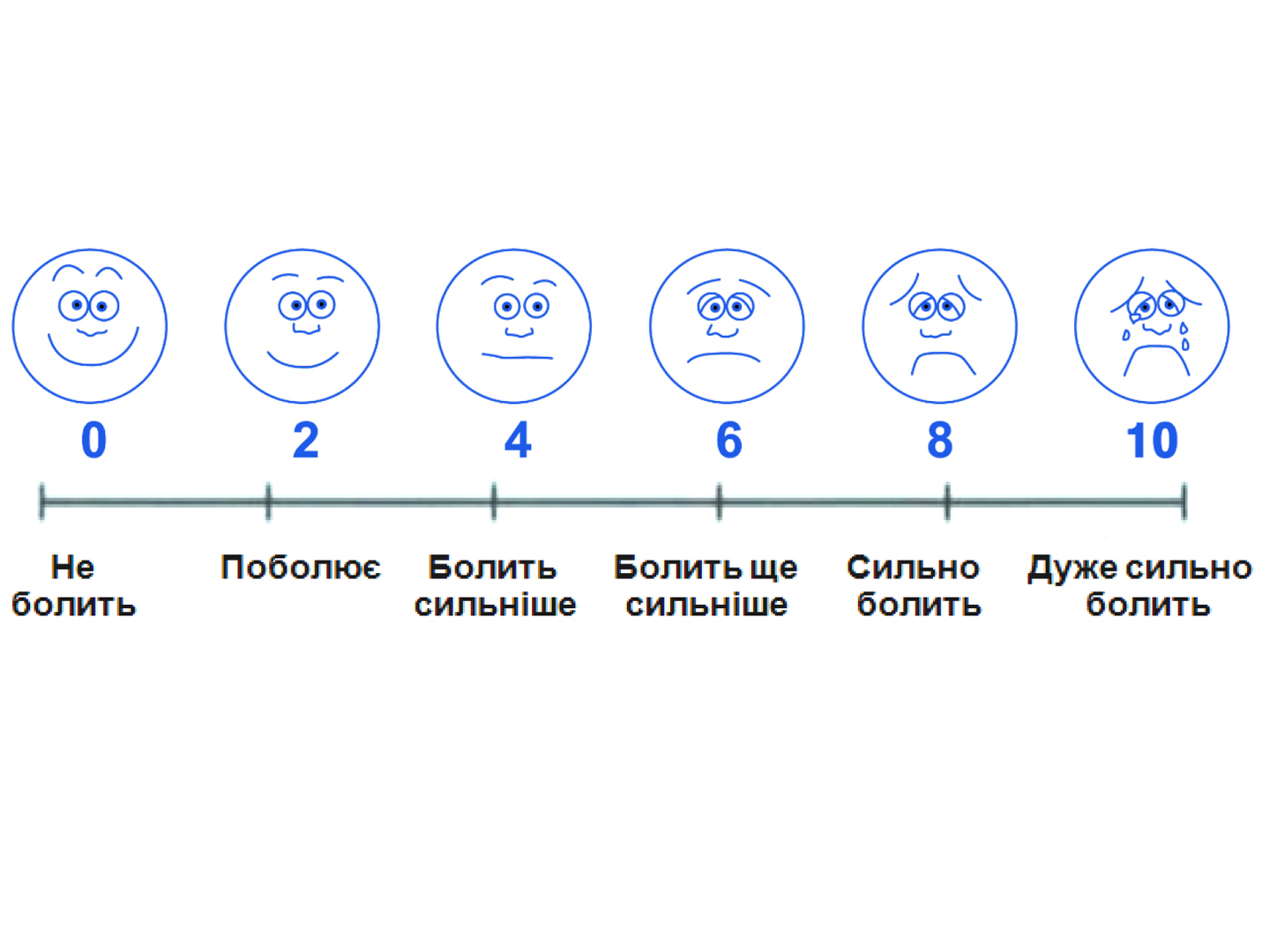Comparative effect of paracetamol, NSAIDs or their combination in postoperative pain management: a qualitative review
Department of Surgical Gastroenterology, Hvidovre University Hospital, Kettegaard Alle 30, DK-2650 Hvidovre, Denmark.
Department of Anaesthesia, Waikato Hospital, Hamilton, New Zealand
Background. Quantitative reviews of postoperative pain management have demonstrated that the number of patients needed to treat for one patient to achieve at least 50% pain relief (NNT) is 2.7 for ibuprofen (400 mg) and 4.6 for paracetamol (1000 mg), both compared with placebo. However, direct comparisons between paracetamol and non-steroidal anti-inflammatory drugs (NSAIDs) have not been extensively reviewed. The aims of this review are (i) to compare the analgesic and adverse effects of paracetamol with those of other NSAIDs in postoperative pain, (ii) to compare the effects of combined paracetamol and NSAID with those of either drug alone, and (iii) to discuss whether the adverse effects of NSAIDs in short-term use are justied by their analgesic effects, compared with paracetamol.
Methods. Medline (1966 to January 2001) and the Cochrane Library (January 2001) were used to perform a systematic, qualitative review of postoperative pain studies comparing paracetamol (minimum 1000 mg) with NSAID in a double-blind, randomized manner. A quantitative review was not performed as too many studies of high scientific standard (27 out of 41 valid studies, including all major surgery studies) would have been excluded.
Results. NSAIDs were clearly more effective in dental surgery, whereas the efficacy of NSAIDs and paracetamol seemed without substantial differences in major and orthopaedic surgery, although firm conclusions could not be made because the number of studies was limited. The addition of an NSAID to paracetamol may confer additional analgesic efficacy compared with paracetamol alone, and the limited data available also suggest that paracetamol may enhance analgesia when added to an NSAID, compared with NSAIDs alone.
Conclusion. Paracetamol is a viable alternative to the NSAIDs, especially because of the low incidence of adverse effects, and should be the preferred choice in high-risk patients. It may be appropriate to combine paracetamol with NSAIDs, but future studies are required, especially after major surgery, with specific focus on a potential increase in side-effects from their combined use.
Keywords: analgesics non-opioid, paracetamol; analgesics anti-inflammatory, non-steroidal; pain, postoperative; analgesics


